How Many Solar Panels To Power A Home?
How Many Solar Panels Do You Need to Power Your Home?
As the world increasingly shifts towards renewable energy sources, solar power has emerged as a popular and viable option for homeowners looking to reduce their carbon footprint and save on energy costs. One of the most common questions for those considering solar energy is: "How many solar panels do I need to power my home?" This question is crucial for planning and budgeting, and the answer depends on several factors. In this article, we will explore these factors in detail to help you make an informed decision.
Understanding Your Energy Consumption
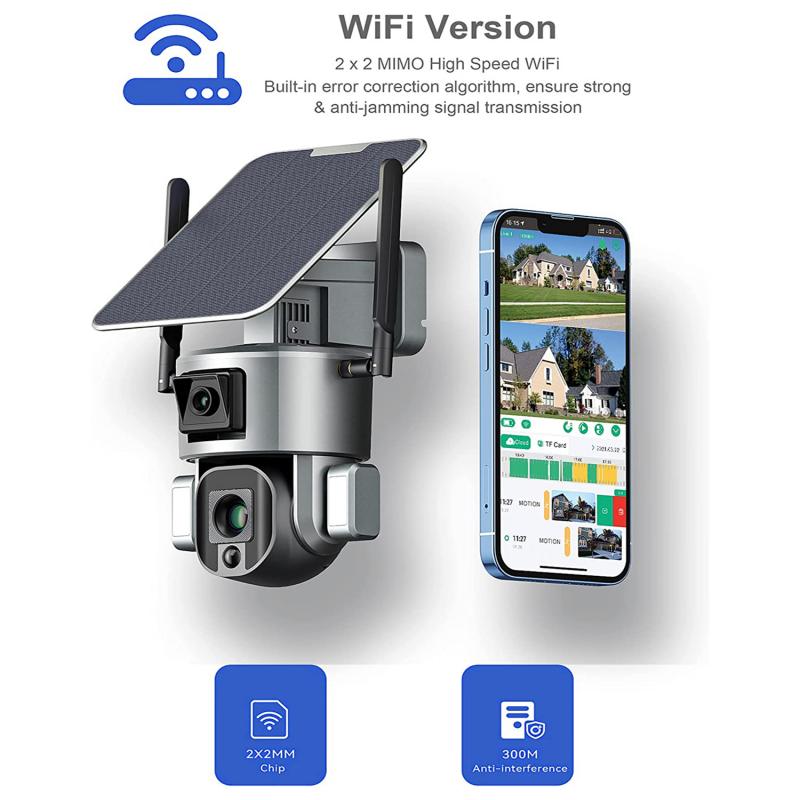
The first step in determining how many solar panels you need is to understand your household's energy consumption. This is typically measured in kilowatt-hours (kWh). You can find this information on your electricity bill, which usually provides a monthly or annual summary of your energy usage.
For example, if your monthly energy consumption is 900 kWh, your annual consumption would be:
\[ 900 \text{ kWh/month} \times 12 \text{ months} = 10,800 \text{ kWh/year} \]
Solar Panel Output

The next factor to consider is the output of the solar panels you plan to install. Solar panels are rated by the amount of power they produce under standard test conditions, usually expressed in watts (W). Common residential solar panels range from 250W to 400W.
However, the actual output of a solar panel can vary based on several factors, including geographic location, orientation, and shading. For simplicity, let's assume you are using 300W panels and that you live in an area with an average of 5 peak sunlight hours per day.
Calculating the Number of Panels
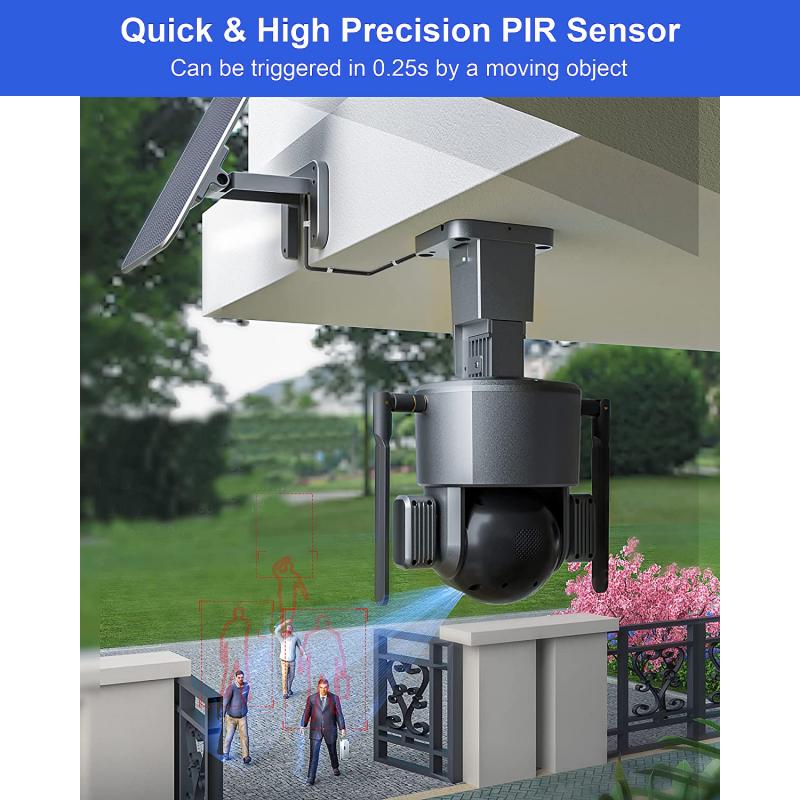
To calculate the number of solar panels needed, you can use the following formula:
\[ \text{Number of Panels} = \frac{\text{Annual Energy Consumption}}{\text{Panel Output} \times \text{Average Sunlight Hours per Day} \times 365 \text{ days}} \]
Using our example:
\[ \text{Number of Panels} = \frac{10,800 \text{ kWh/year}}{300 \text{ W/panel} \times 5 \text{ hours/day} \times 365 \text{ days/year}} \]
First, convert the panel output to kWh:
\[ 300 \text{ W} = 0.3 \text{ kW} \]
Then, calculate the daily output per panel:
\[ 0.3 \text{ kW} \times 5 \text{ hours/day} = 1.5 \text{ kWh/day} \]
Next, calculate the annual output per panel:
\[ 1.5 \text{ kWh/day} \times 365 \text{ days/year} = 547.5 \text{ kWh/year} \]
Finally, determine the number of panels needed:
\[ \text{Number of Panels} = \frac{10,800 \text{ kWh/year}}{547.5 \text{ kWh/year/panel}} \approx 20 \text{ panels} \]
Factors Affecting Solar Panel Efficiency

While the above calculation provides a general estimate, several factors can affect the efficiency and output of your solar panels:
1. Geographic Location: The amount of sunlight your location receives plays a significant role. Areas closer to the equator receive more sunlight, which can increase the efficiency of your solar panels.
2. Roof Orientation and Tilt: The orientation (north, south, east, west) and tilt of your roof can impact the amount of sunlight your panels receive. South-facing roofs with a tilt angle equal to your latitude generally provide the best results in the Northern Hemisphere.
3. Shading: Trees, buildings, and other obstructions can cast shadows on your panels, reducing their efficiency. It's essential to conduct a shading analysis to ensure your panels receive maximum sunlight.
4. Panel Degradation: Solar panels degrade over time, typically losing about 0.5% to 1% of their efficiency per year. This should be factored into your long-term planning.
5. System Losses: Inverters, wiring, and other components of your solar power system can introduce losses, usually around 10% to 20%. It's essential to account for these losses when calculating your energy needs.
Financial Considerations
Installing a solar power system is a significant financial investment. However, various incentives and financing options can make it more affordable:
1. Federal and State Incentives: Many governments offer tax credits, rebates, and other incentives to encourage the adoption of solar energy. In the United States, the federal Investment Tax Credit (ITC) allows you to deduct a percentage of your solar installation costs from your federal taxes.
2. Net Metering: Net metering programs allow you to sell excess electricity generated by your solar panels back to the grid, offsetting your energy costs. The specifics of net metering policies vary by location, so it's essential to check with your local utility company.
3. Financing Options: Various financing options, such as solar loans, leases, and power purchase agreements (PPAs), can help you spread the cost of your solar installation over time. Each option has its pros and cons, so it's essential to evaluate them based on your financial situation and goals.
Maintenance and Longevity
Solar panels are relatively low-maintenance, but regular upkeep can ensure they operate at peak efficiency:
1. Cleaning: Dust, dirt, and debris can accumulate on your panels, reducing their efficiency. Periodic cleaning, especially in dry and dusty areas, can help maintain optimal performance.
2. Inspections: Regular inspections by a qualified technician can identify and address any issues with your solar power system, such as loose connections or damaged components.
3. Monitoring: Many solar power systems come with monitoring tools that allow you to track your system's performance in real-time. Monitoring can help you identify and address any issues promptly.
Determining the number of solar panels needed to power your home involves understanding your energy consumption, the output of the panels, and various factors that can affect their efficiency. While the calculations can provide a general estimate, it's essential to consider geographic location, roof orientation, shading, and system losses. Financial incentives and financing options can make solar power more affordable, and regular maintenance can ensure your system operates efficiently for years to come.
By carefully evaluating these factors and working with a reputable solar installer, you can design a solar power system that meets your energy needs and helps you achieve your sustainability goals. Solar energy is not only a smart financial investment but also a significant step towards a greener and more sustainable future.





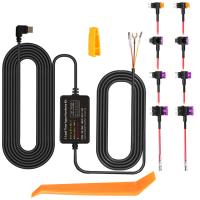
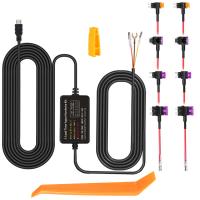
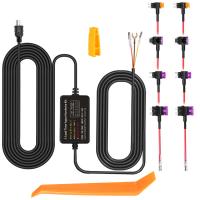

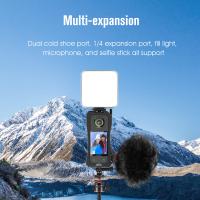
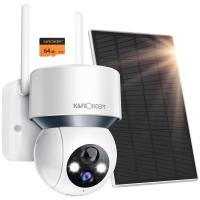
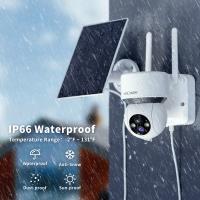
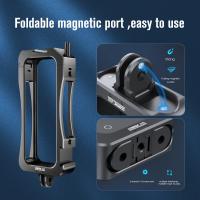

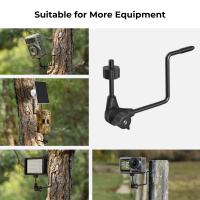
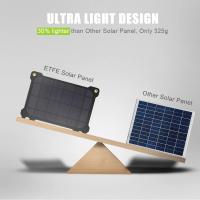

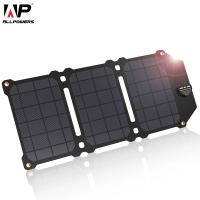
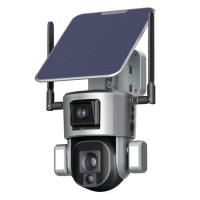
There are no comments for this blog.